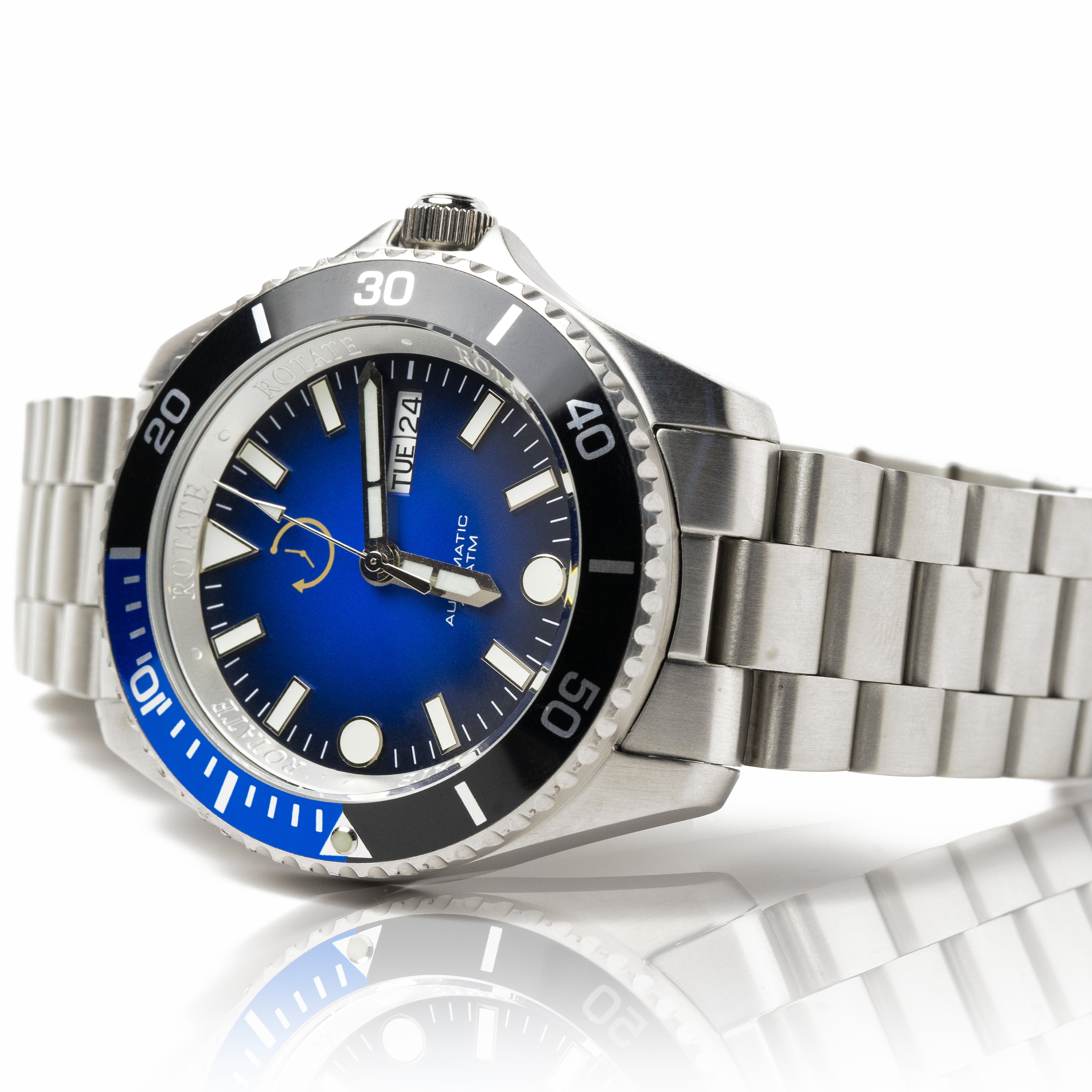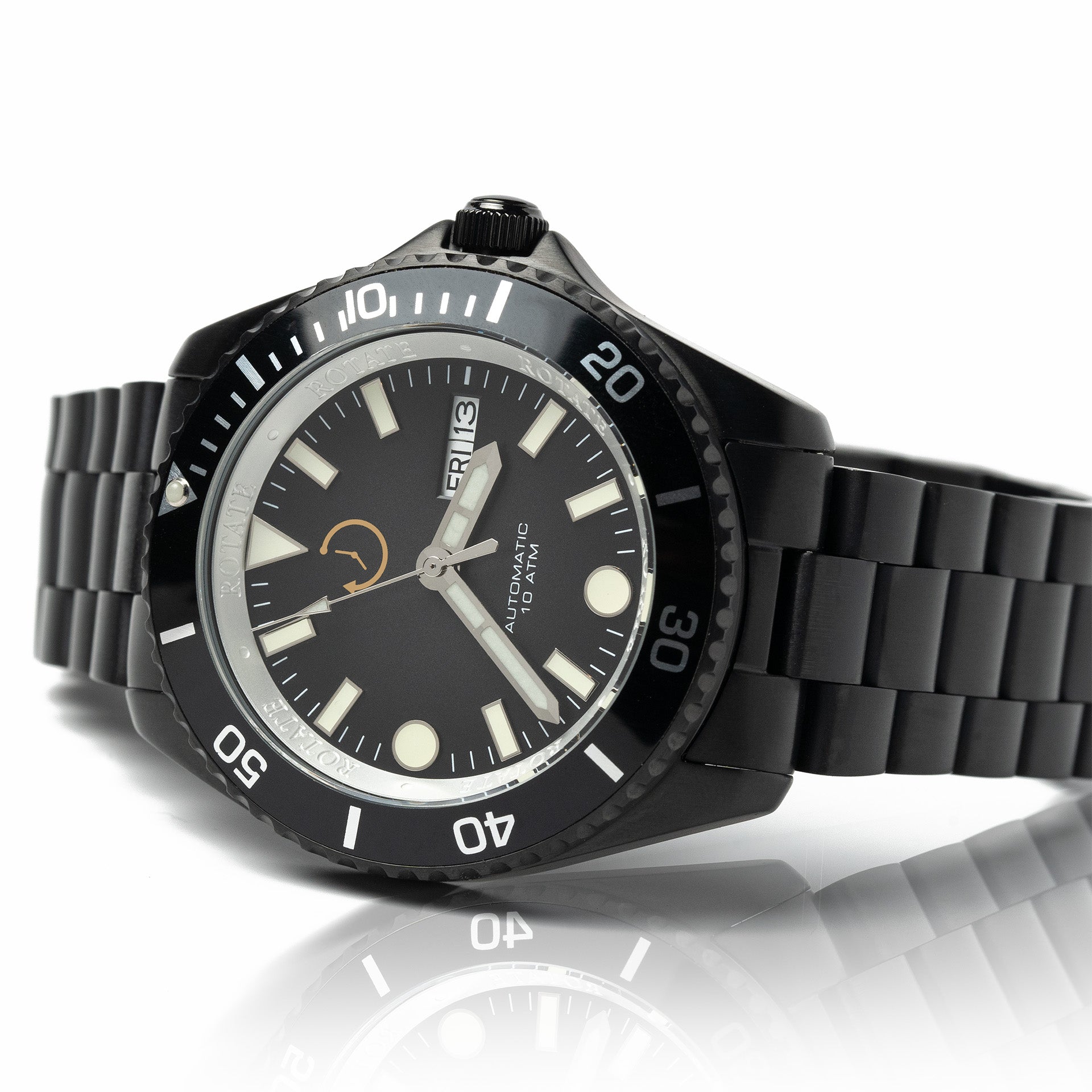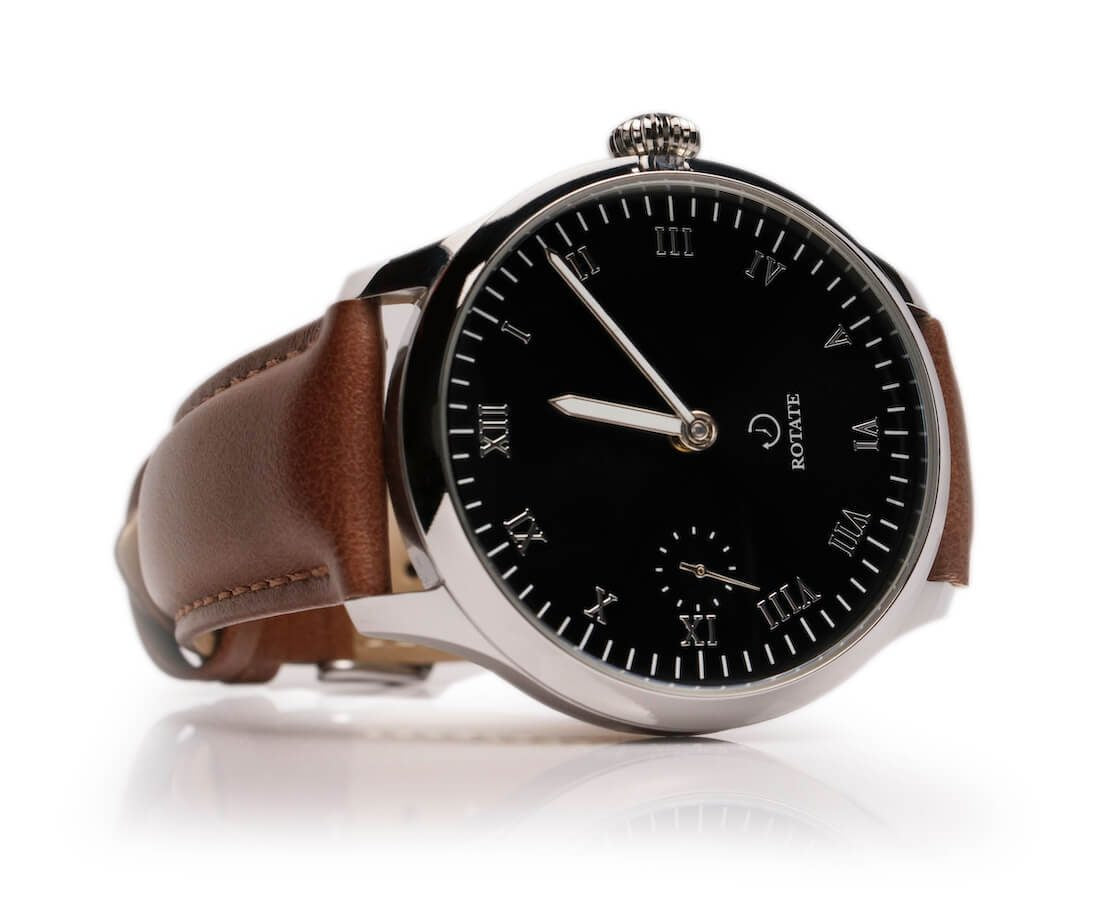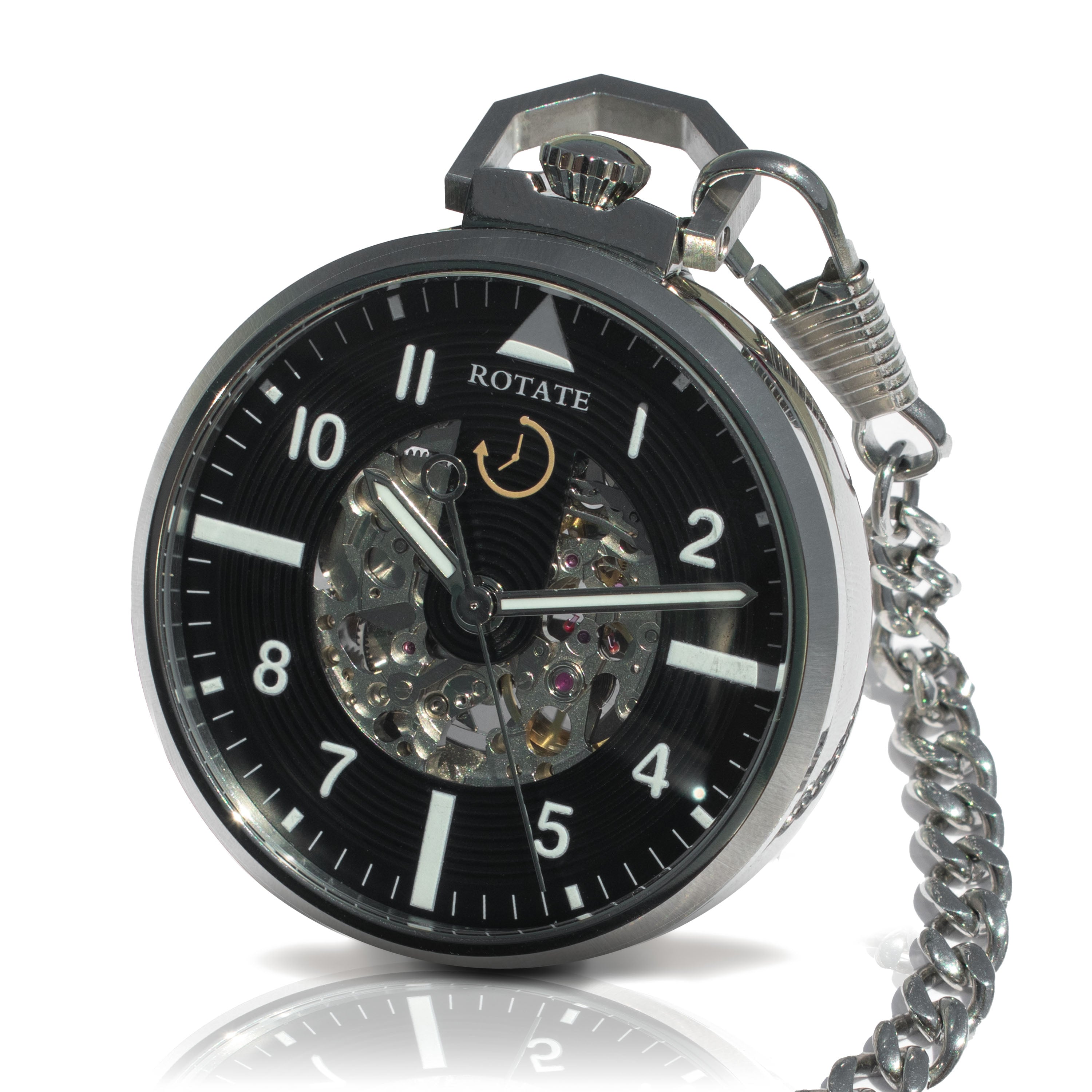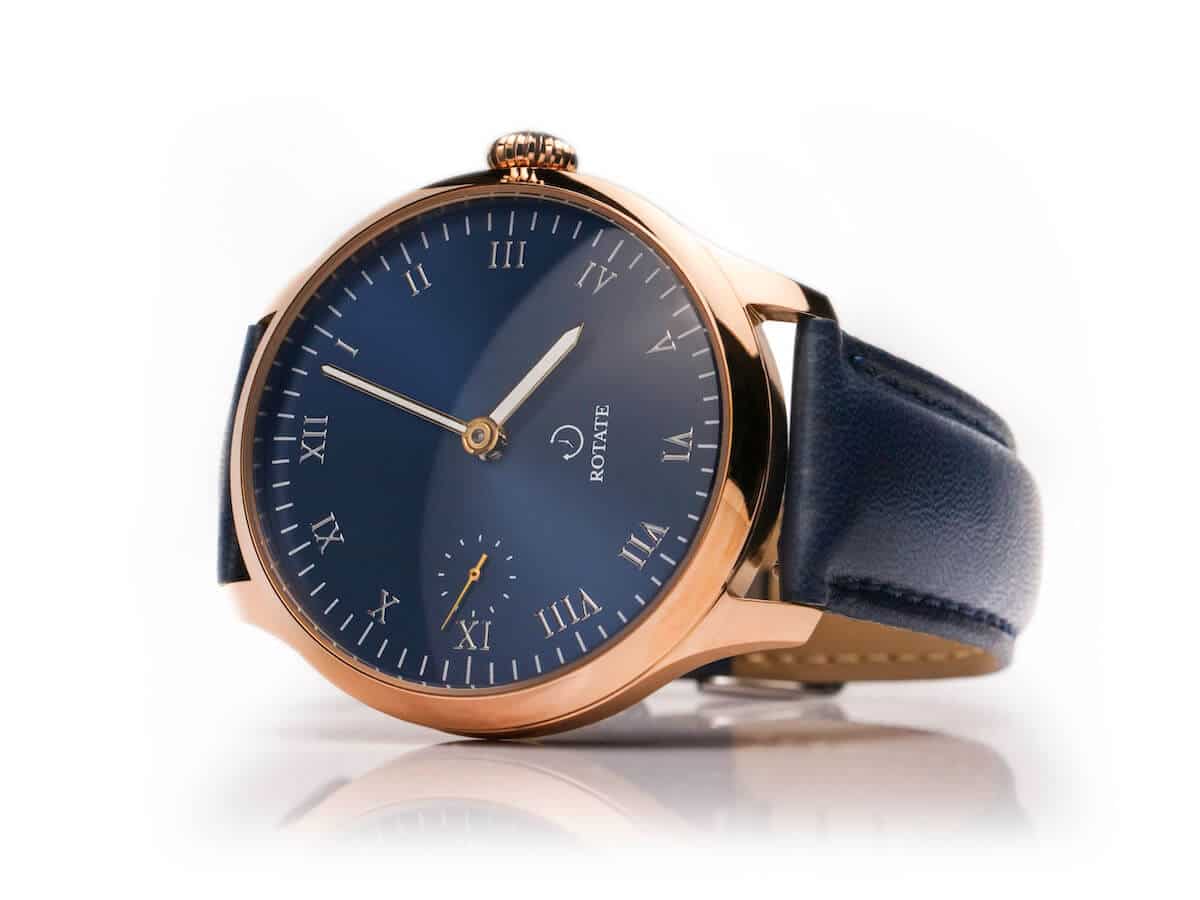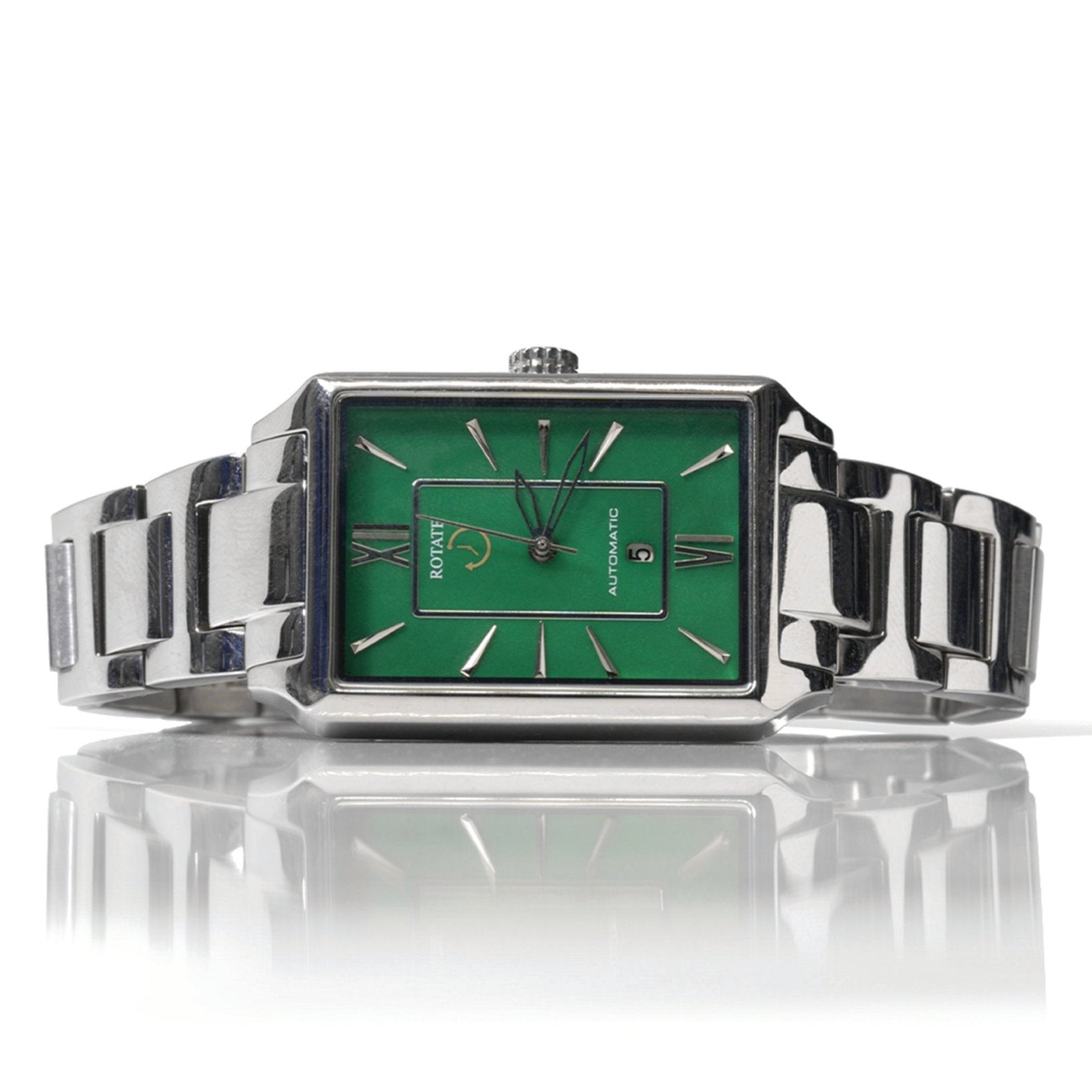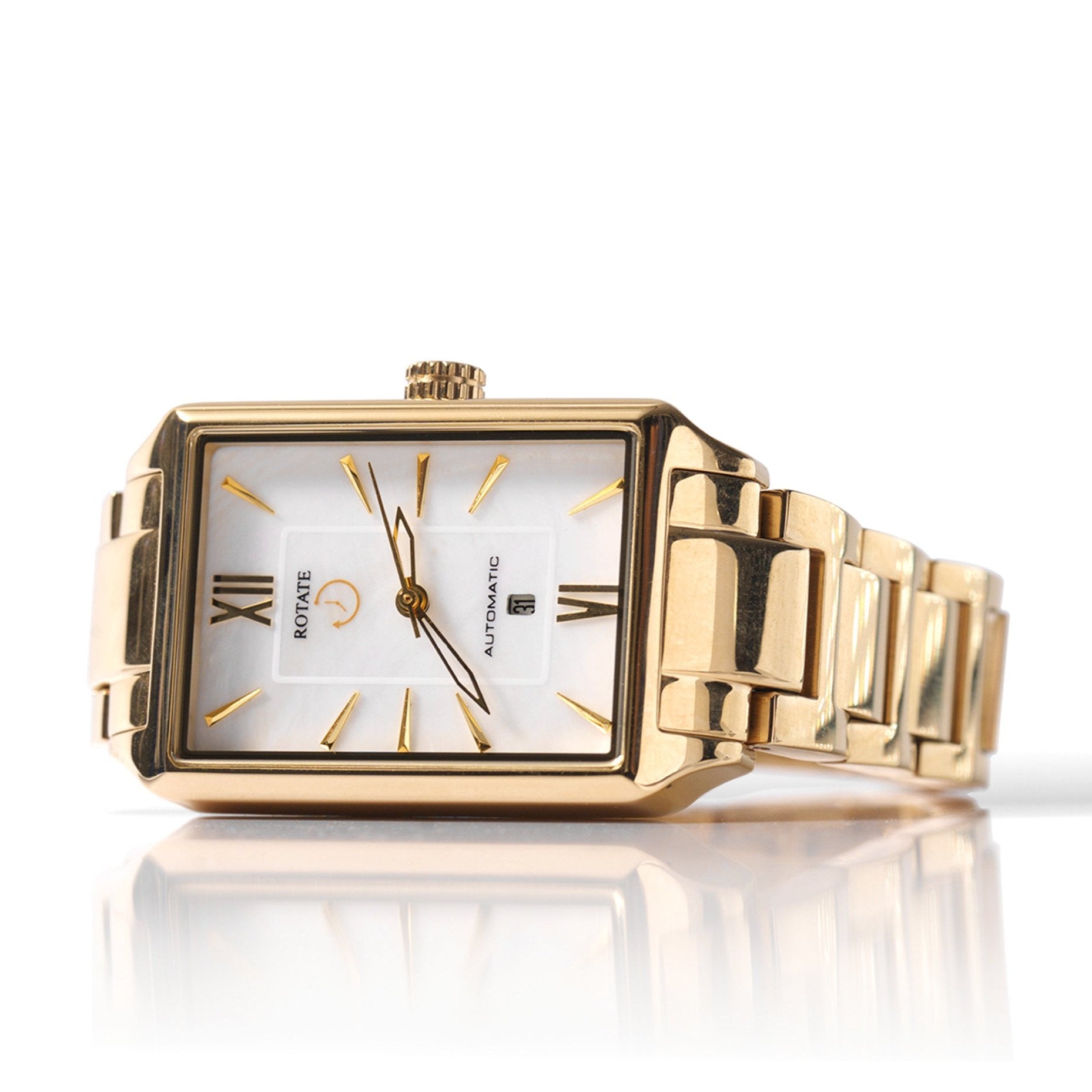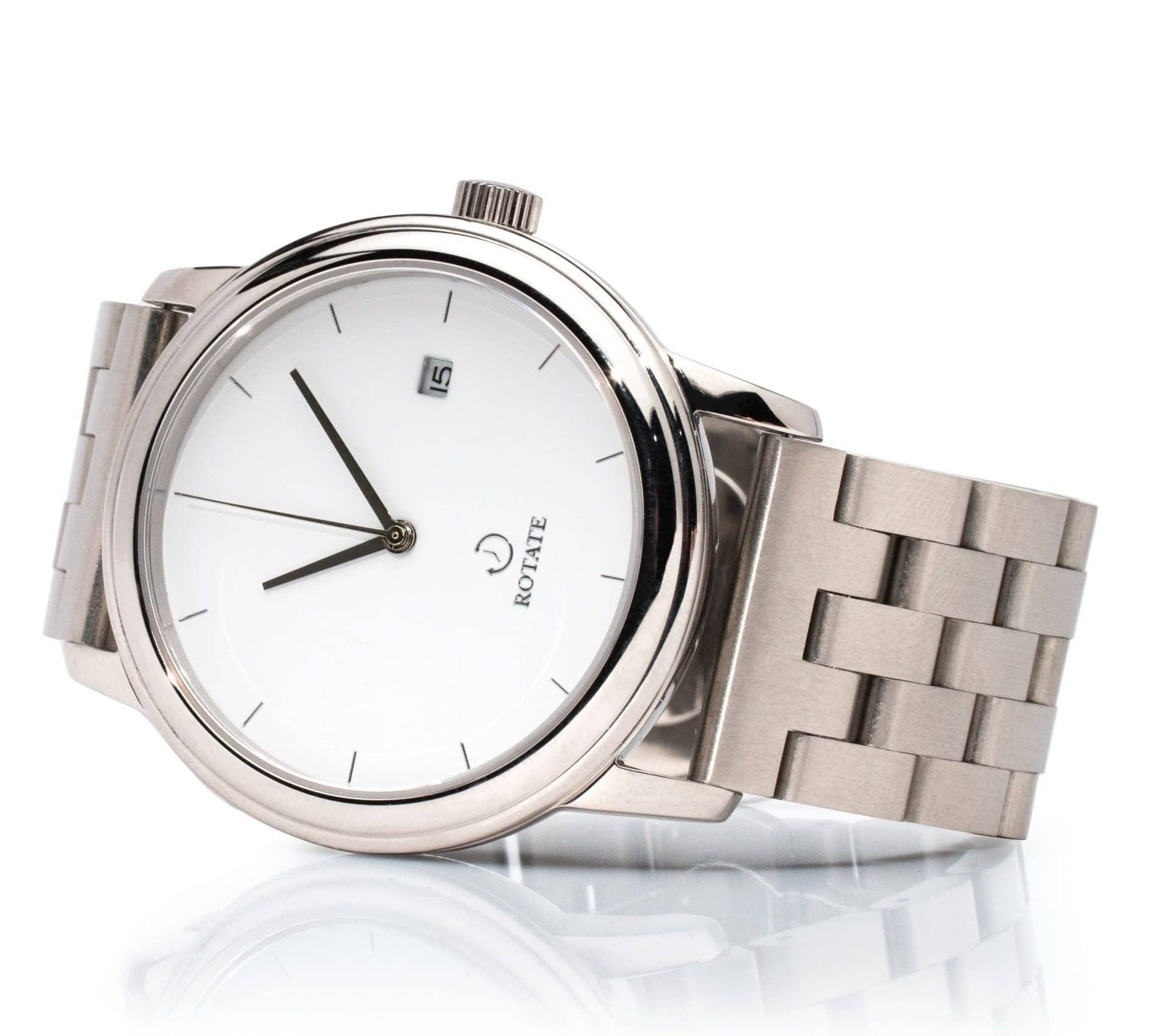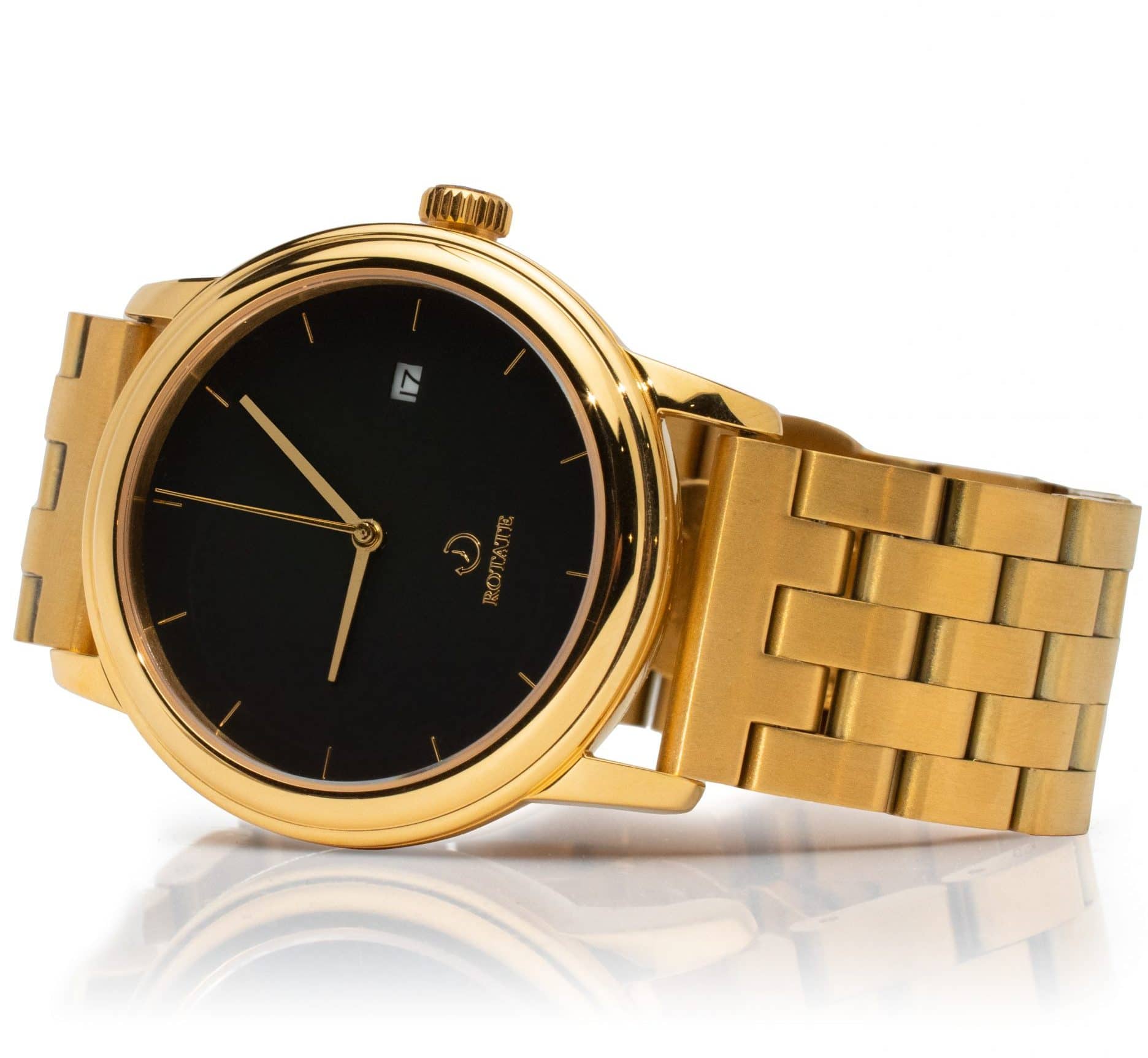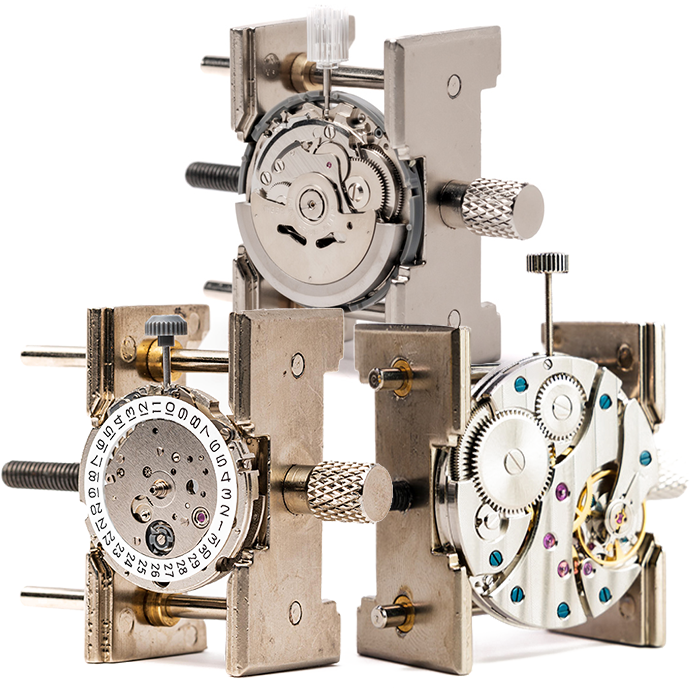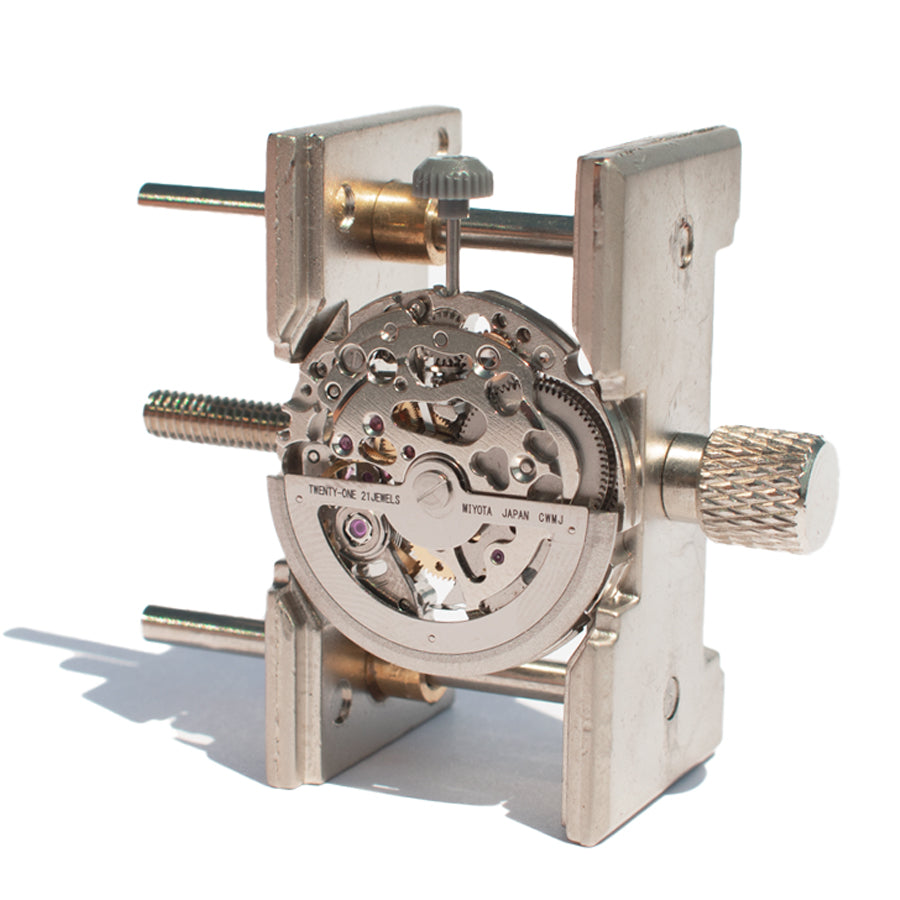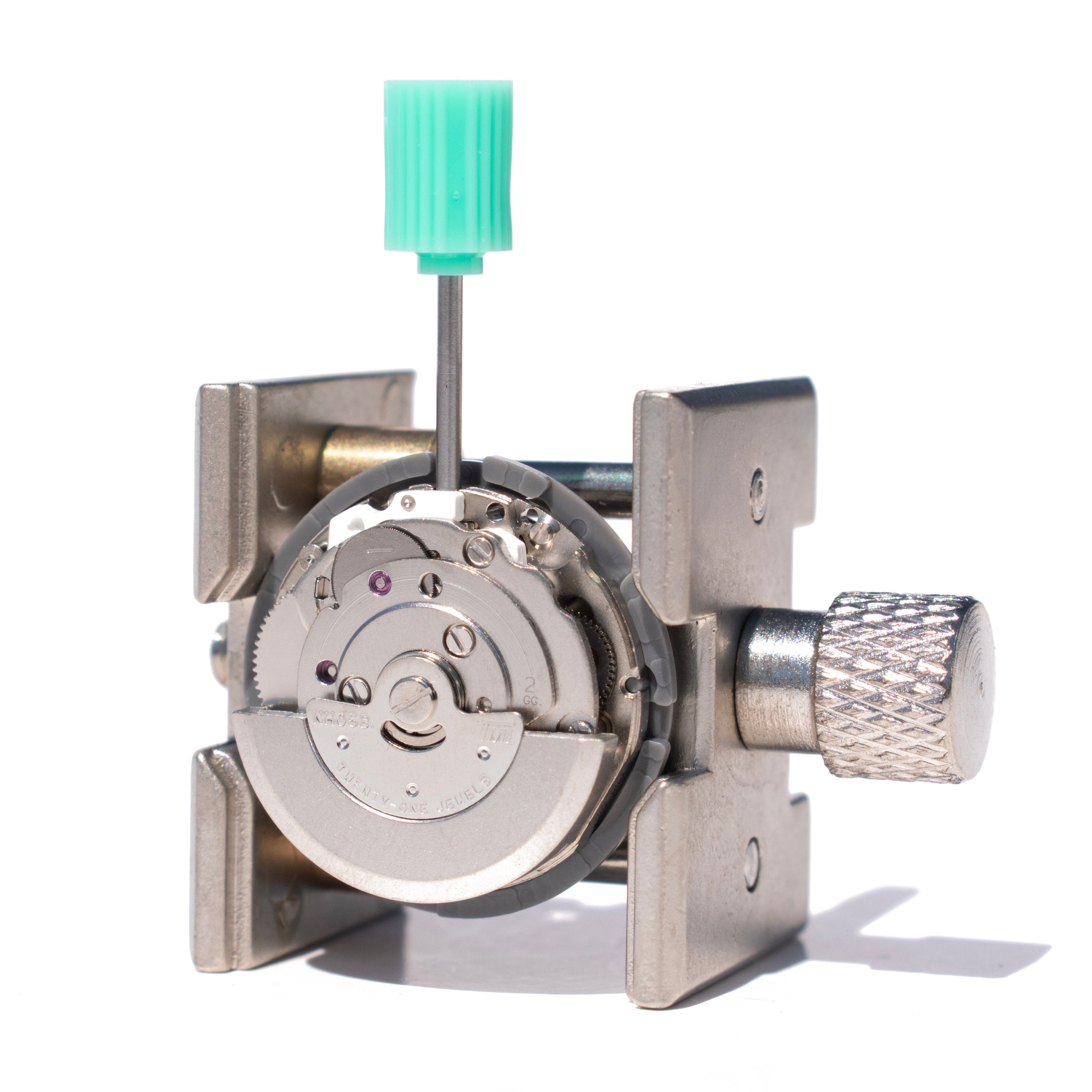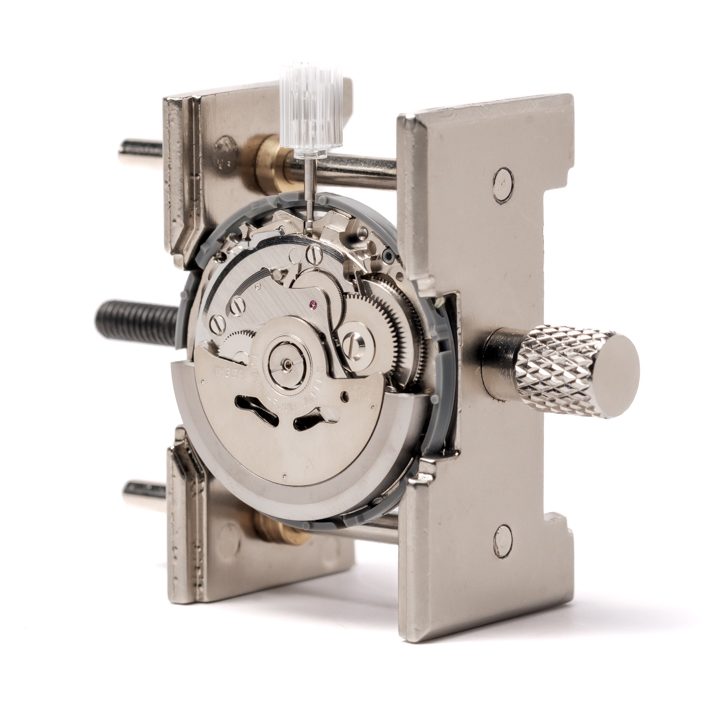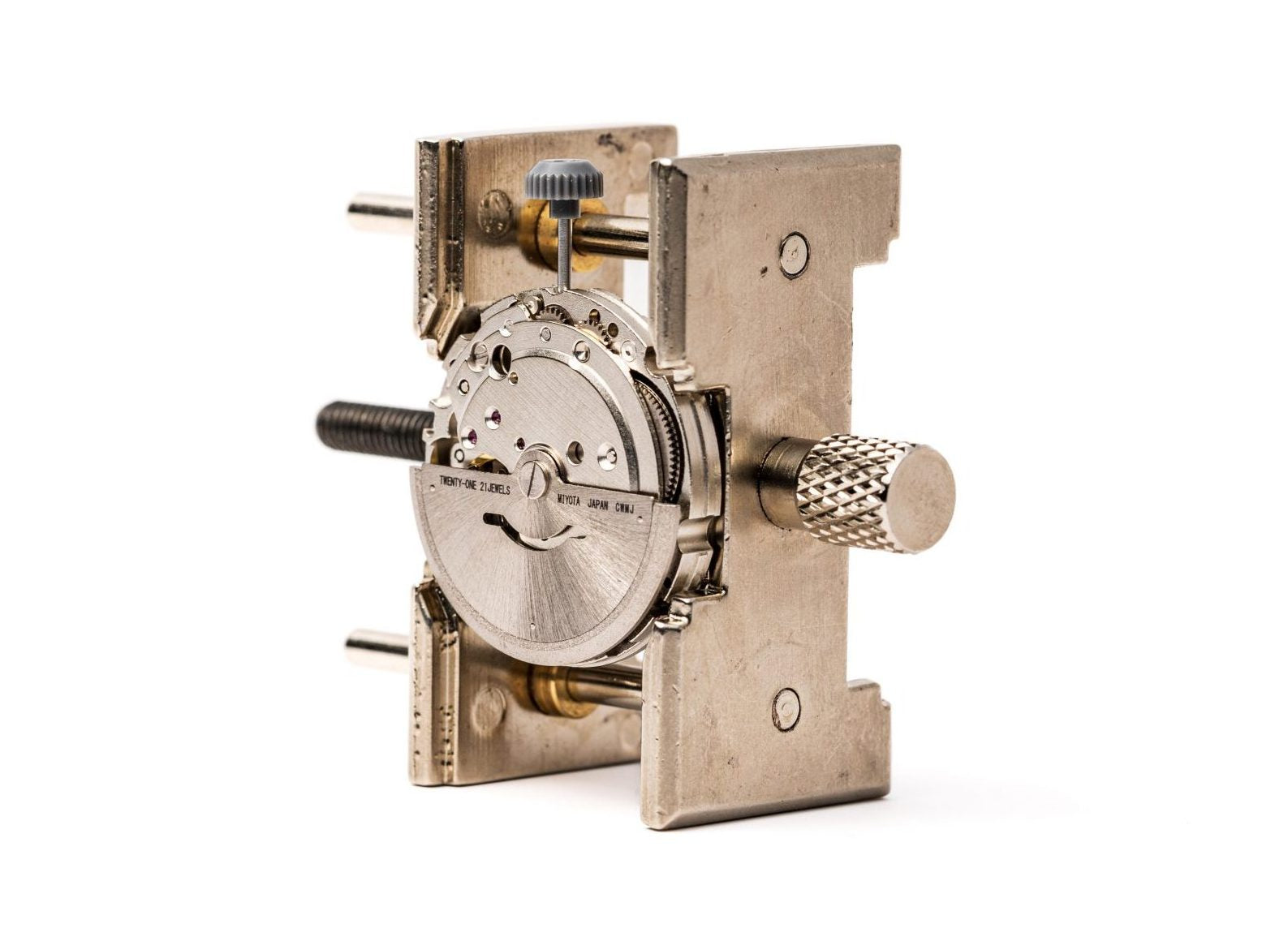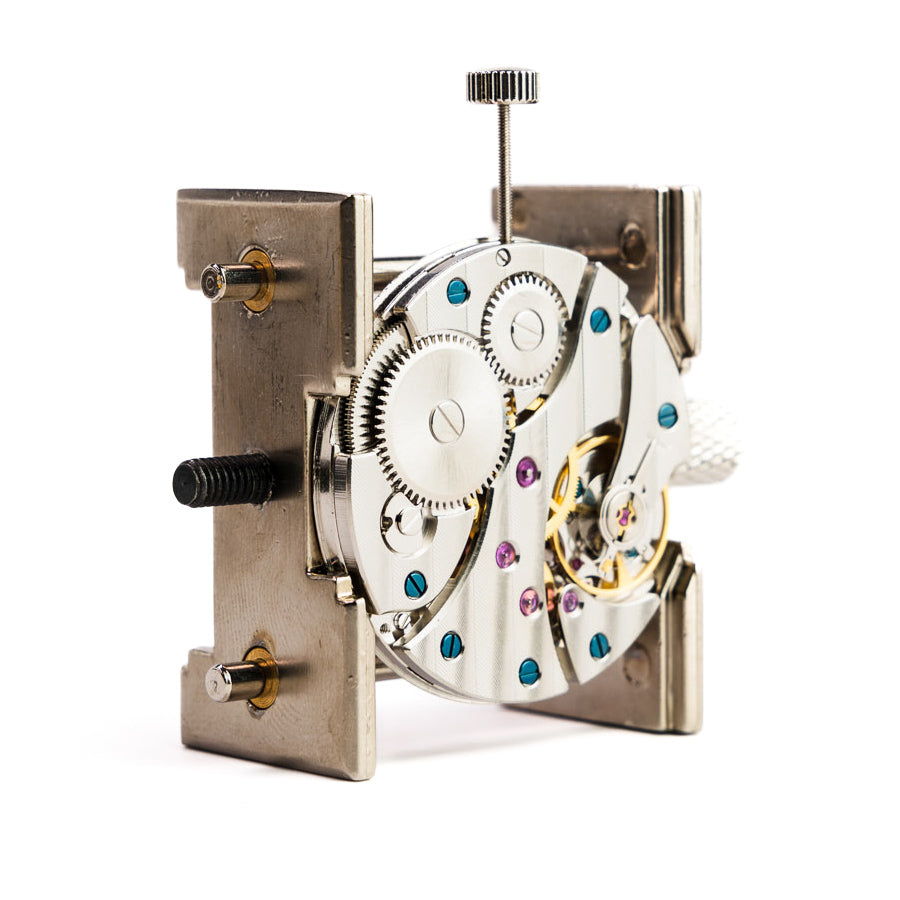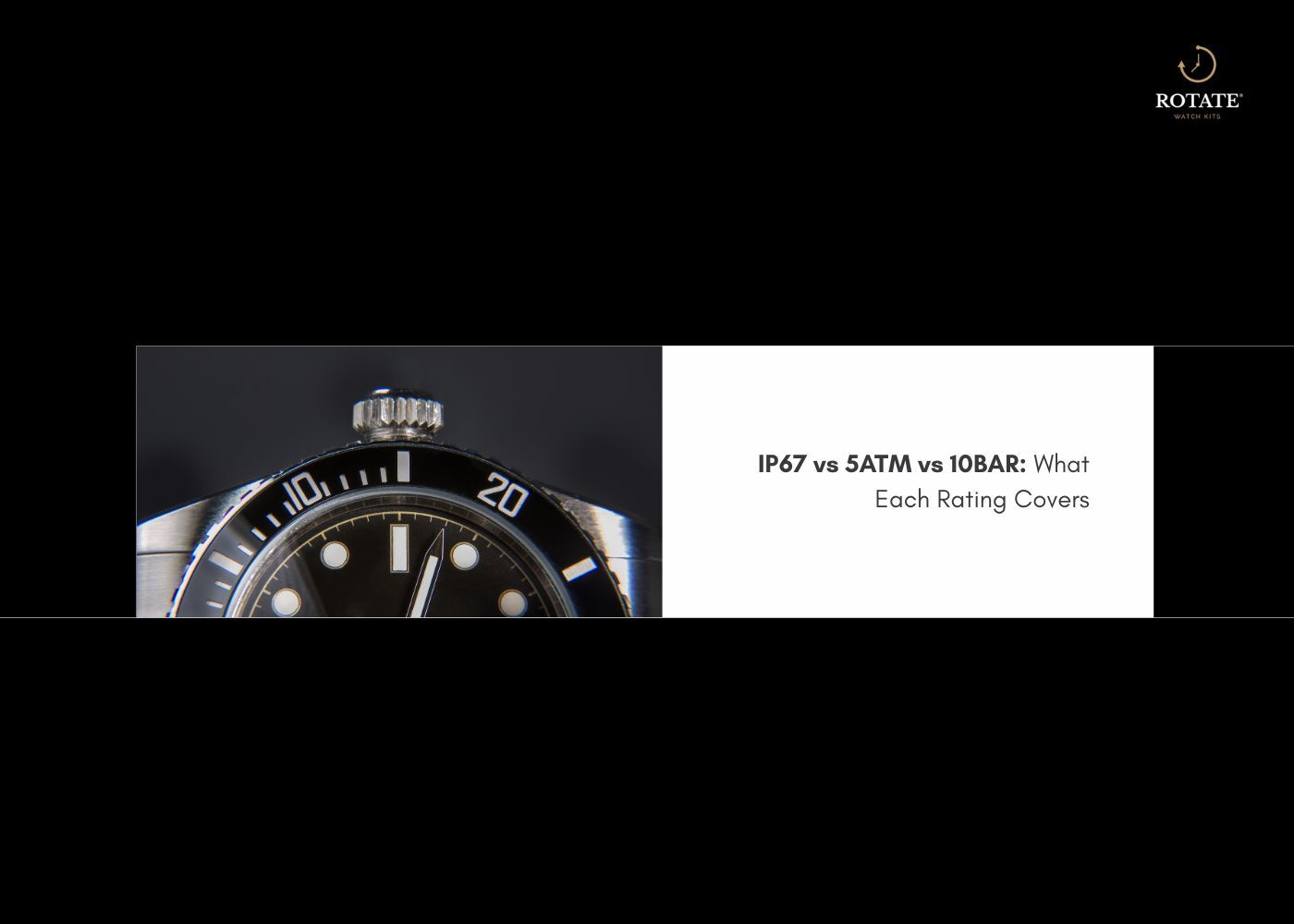
What Is Beat Error in a Watch? Acceptable Values Explained
Key Takeaways
- Beat error in watch means the millisecond difference between tick and tock.
- Zero is ideal, under 0.5 ms is excellent, under 1.0 ms is a practical acceptable beat error value for most wearers.
- Large beat error watch readings can destabilize rate and amplitude.
- A regulator change will not fix beat error in watch numbers, beat centering does.
- Targets vary with movement age and frequency, so match goals to your caliber.
What "beat Error In Watch" Means, And How It Sounds
Beat error is the millisecond gap between the two halves of the balance swing. When the impulse jewel passes the pallet fork in each direction, the impulses should occur the same time after the balance crosses center. If the balance sits off center relative to the lever and escape wheel, one side fires earlier than the other, which the timegrapher reports as beat error watch.
Audible clue: a healthy cadence sounds like "tick, tock" with even spacing. Miscentering creates "tick… tock-tick… tock," a lilt that becomes obvious as the ms value grows. For a simple refresh on setup before testing, skim Mechanical Watch Basics, how to wind and set.
What Causes Beat Error
- Impulse jewel not centered to the lever's neutral point.
- Hairspring collet rotated on the balance staff during assembly or after a shock.
- Stud carrier shifted slightly, changing where the spring breathes around center.
- Aging lubricants or minor friction that add asymmetry to the swing.
- Position changes, like dial up versus crown down, revealing small alignment inconsistencies.
Each item alters symmetry around center, so one impulse arrives earlier than its mirror. The timegrapher turns that asymmetry into a number you can track.
Acceptable Beat Error Values, The Numbers That Matter
Use acceptable beat error value ranges below as practical targets.
-
Modern mechanical, factory fresh: 0.0 to 0.5 ms is common, 0.0 to 0.3 ms is excellent.
-
Modern, post-service or daily wear: up to 1.0 ms remains very usable.
-
Vintage with wear: 1.0 to 2.0 ms can be realistic when parts show age.
-
Frequency effects: high-beat calibers often reward tighter targets, lower-beat calibers tolerate a touch more.
-
Chronometer context: certification focuses on rate spread, not beat error directly, though fine tuning often lands below 0.5 ms.
If you tune Seiko-based builds, the guidance in NH36 accuracy explained, how to improve timekeeping helps you translate better beat symmetry into better rate stability.
How To Measure Beat Error
A timegrapher is the reference tool. Place the cased watch on the pickup, select the correct lift angle, let the trace settle, then read beat error alongside rate in seconds per day and amplitude in degrees. Phone apps can estimate through a microphone, but room noise and algorithm limits reduce reliability. For consistent results, confirm on a dedicated machine.
Reading the three lines together matters. A small beat error in watch with strong amplitude and a steady rate suggests healthy geometry. A large ms number plus low amplitude hints at friction or contact that needs attention.
How To Reduce Beat Error
Regulation changes the average daily rate. It does not correct beat error watch readings. Centering the beat requires shifting the relationship between the hairspring and the lever's neutral point.
- Rotate the hairspring collet on the balance staff in tiny increments, then retest.
- On movements with a movable stud carrier, nudge the stud minutely to center the beat.
- Re-seat hands if drag or stack contact appears at a specific time or position.
- Full service when dried oils or corrosion show up in the train or escapement.
Hands-on practice builds confidence fast. Work on a bench platform first, like the Seiko NH36 Movement Kit for automatic fundamentals, the Seagull ST3600 Movement Kit for a classic hand-wind layout, or the Miyota 8215 Movement Kit for an industry-standard automatic with broad parts support.
Beat Error Vs Rate Vs Amplitude, Do Not Mix Them Up
- Rate is how fast or slow the watch runs in seconds per day.
- Beat error in watch is tick-tock symmetry in milliseconds.
- Amplitude is the size of the balance swing in degrees.
Large beat error watch readings can destabilize the rate from position to position. Serious asymmetry can coincide with reduced amplitude when friction shows up near one extreme of the swing. Correct beat symmetry first, regulate rate second, verify amplitude third, then confirm across positions.
Special Cases Enthusiasts Ask About
-
After a drop or hard knock: recheck beat error, rate, and amplitude. A tiny collet or stud correction often restores symmetry.
-
After hand or strap work: confirm that hands clear each other and the dial in all positions.
-
Older calibers with delicate springs: aim for stable sub-2.0 ms rather than zero when parts show age.
-
Micro-rotor and high-complication movements: small errors show more clearly because load changes are common across positions.
For broader background on why small mechanical variances appear in daily wear, review How accurate is an automatic watch.
Build Skill The Smart Way With Rotate
Curious minds deserve good tools and clear guidance. Rotate revives the craft with complete, beginner-friendly kits, US support, and a lifetime warranty. Start with the Seiko NH36 Movement Kit to practice automatic timing, master fundamentals on the Seagull ST3600 Movement Kit, or benchmark a workhorse using the Miyota 8215 Movement Kit. Your watchmaking story begins with one careful adjustment.
FAQs
Q1. What is an acceptable beat error for a watch?
Ans. Zero is ideal. Many modern watches ship at 0.0 to 0.5 ms. Daily wear stays stable below 1.0 ms, which is a practical acceptable beat error value.
Q2. What causes beat error watch issues in the first place?
Ans. Small misalignment between the balance's center point and the lever's neutral position, often from assembly shifts or shocks, creates the ms difference.
Q3. What is the error rate of a watch, and is that the same thing?
Ans. Rate is daily gain or loss in seconds per day. Beat error in watch is tick-tock symmetry in milliseconds. They are related but not the same.
Q4. How many seconds lost per day is acceptable for watches?
Ans. Many modern mechanical pieces run within a handful of seconds per day when regulated well. Targets depend on the caliber and condition, as covered in How accurate are mechanical watches.
Q5. How do I measure beat error at home without a timegrapher?
Ans. Phone apps can estimate from microphone input. For reliable numbers, confirm on a dedicated machine and follow basic setup from Mechanical Watch Basics, how to wind and set.
Q6.Does beat error affect power reserve or amplitude?
Ans. Beat error does not shorten power reserve directly. Severe asymmetry can coincide with reduced amplitude through added friction, so centering the beat helps stability.
{ "@context": "https://schema.org", "@type": "FAQPage", "mainEntity": [ { "@type": "Question", "name": "What is an acceptable beat error for a watch?", "acceptedAnswer": { "@type": "Answer", "text": "Zero is ideal. Many modern watches ship at 0.0 to 0.5 ms. Daily wear stays stable below 1.0 ms, which is a practical acceptable beat error value." } }, { "@type": "Question", "name": "What causes beat error watch issues in the first place?", "acceptedAnswer": { "@type": "Answer", "text": "Small misalignment between the balance’s center point and the lever’s neutral position, often from assembly shifts or shocks, creates the ms difference." } }, { "@type": "Question", "name": "What is the error rate of a watch, and is that the same thing?", "acceptedAnswer": { "@type": "Answer", "text": "Rate is daily gain or loss in seconds per day. Beat error in watch is tick-tock symmetry in milliseconds. They are related but not the same." } }, { "@type": "Question", "name": "How many seconds lost per day is acceptable for watches?", "acceptedAnswer": { "@type": "Answer", "text": "Many modern mechanical pieces run within a handful of seconds per day when regulated well. Targets depend on the caliber and condition." } }, { "@type": "Question", "name": "How do I measure beat error at home without a timegrapher?", "acceptedAnswer": { "@type": "Answer", "text": "Phone apps can estimate from microphone input. For reliable numbers, confirm on a dedicated machine and follow basic setup from Mechanical Watch Basics, how to wind and set." } }, { "@type": "Question", "name": "Does beat error affect power reserve or amplitude?", "acceptedAnswer": { "@type": "Answer", "text": "Beat error does not shorten power reserve directly. Severe asymmetry can coincide with reduced amplitude through added friction, so centering the beat helps stability." } } ] }


